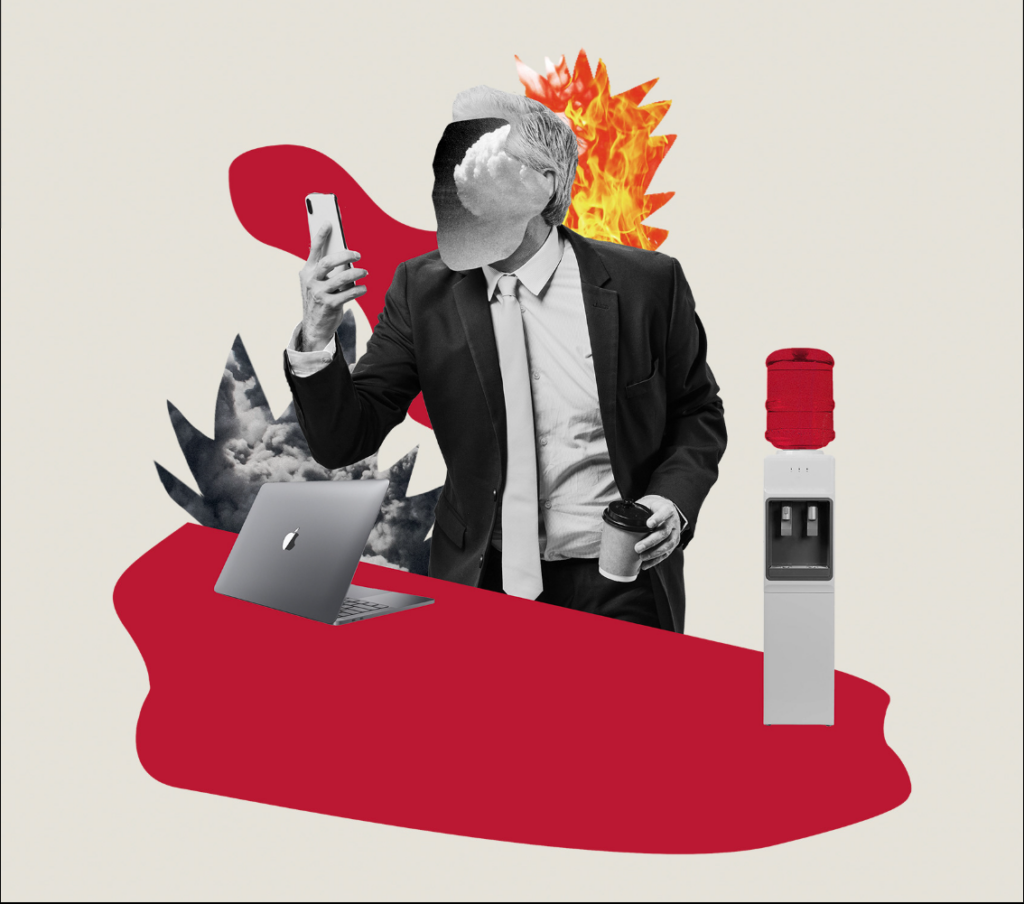There is no denying that the past couple of years have been difficult for businesses: no matter their company size, both leaders and employees have faced tough times. Amidst COVID, workers’ lack of motivation and some leaders’ stubbornness to micromanage remotely, the strategy to avoid decline might lie in antifragility.
But what is antifragility and why is it a good idea to adopt it? In his book, Antifragile: Things that gain from disorder, Nassim Nicholas Taleb defines it as it follows:
Some things benefit from shocks; they thrive and grow when exposed to volatility, randomness, disorder, and stressors and love adventure, risk, and uncertainty. Yet, in spite of the ubiquity of the phenomenon, there is no word for the exact opposite of fragile. Let us call it antifragile. Antifragility is beyond resilience or robustness. The resilient resists shocks and stays the same; the antifragile gets better.
To summarize, antifragility is the ability of organizations and organisms to learn from difficulty and uncertainty in order to grow, instead of becoming fragile.
The Origins of Antifragility and Its Application
Antifragility is merely an observation of something that is present in the processes of nature, which is evolution: this is a behavioral pattern that living things have in order to survive the ever-changing conditions of their environment.
A more concrete example lies in the Hydra, a Greek mythology water-snake with multiple heads that had the ability to grow two more when one of them was slayed.
It might result surprising to admit it, but most of the answers for companies in these chaotic times lies in nature or in recreational literature: the skill to learn from different environments is called analogous learning. Given that antifragility comes from a pattern that can be found in nature, whether leaders make it or break it comes from their willingness to look at their surroundings, analyze them, and identify what needs to be done in order to overcome obstacles.
A Lesson from the Biggest Hydra: Google
The best example of antifragility in enterprises lies in Google: a company that has successfully managed to not only navigate uncertainty, but to thrive in it. Google started as a search engine, but in about 20 or so years it has become one of the multimillion-dollar tech companies that dominate the industry. And it wouldn’t be what it is today if their leaders and founders hadn’t adopted antifragility.
Their strategy mostly consisted of embracing the evolution of digital media and extending to other areas. These include: multimedia entertainment (Youtube), E-mail (Gmail), documents (Google Docs), and even gaming (Google Stadia). Instead of being paralyzed when facing adversity, Google successfully identified their users’ needs and grew to fulfill them.
So, instead of fearing change and trying to control external variables, shift your leadership towards antifragility. Get to know your team’s abilities and put them to work.
Do you want to learn more about new leadership techniques that will help you build effective teams? Learn more about our “Leading Teams to Innovate” online program here.
